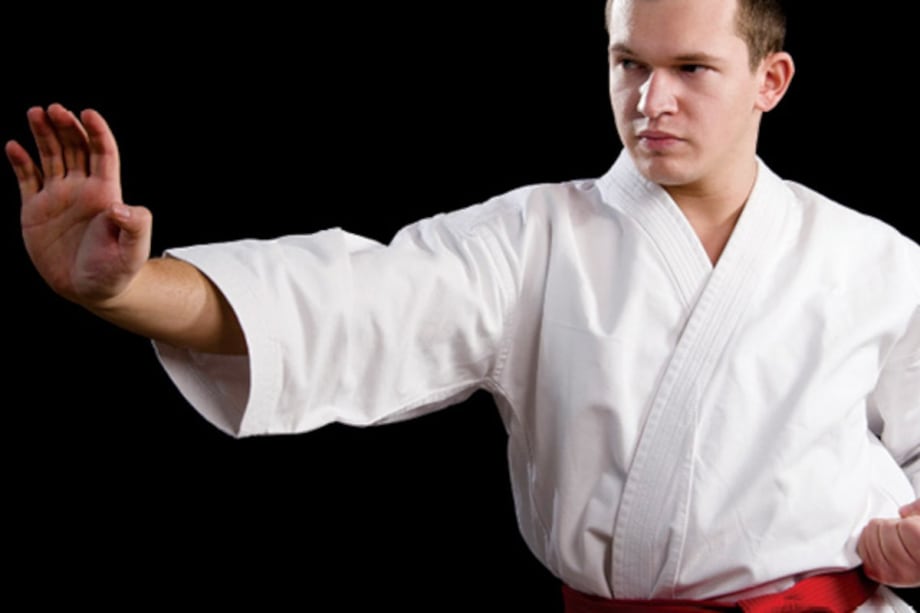“Any longterm hobbyist or professional martial arts artist is probably going to tell you that there’s a comradery almost like a fraternal thing,” says Fletch Fuller, a third-degree black belt in Brazilian jiu-jitsu and a former military police sergeant and squad leader in the U.S. Army.
“You develop a bond with people—your training partners—who become your friends because you you’re sweating and you’re bleeding together. You’re learning stuff that you think is hopefully going to help you either protect yourself or protect your loved ones,” Fuller adds.
Dan Marcou, a 33-year career law enforcement officer and a master instructor for the State of Wisconsin, holds black belts in Chung Do Kwan taekwondo and Kyuki Do taekwondo and has many years of study in numerous other martial arts forms. “There’s a certain kind of confidence that comes from knowing how to handle yourself, and the bad guys see that on the street. They look at you and say, ‘That guy knows what he is doing,’” he says.
Marcou contends that the enhanced physical abilities achieved with martial arts prowess sometimes mitigates or eliminates the potential for excessive force. “There’s not a lot of excessive force because it takes less effort when you are focused with your technique,” he says. “That’s what comes out of it—focus, speed, strength, flexibility.”
Duane Wolfe, an eighth-degree black belt in Matsumura Kenpo Karate and a 34-year veteran of law enforcement, notes that martial arts ability can be enormously helpful when an officer is not able to quickly access those tools on their duty belt. “You’d better have something in the bag in order to deal with that situation—to the best of your ability—until you can access those tools in order to take the suspect into control and custody,” he says.












